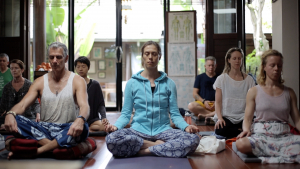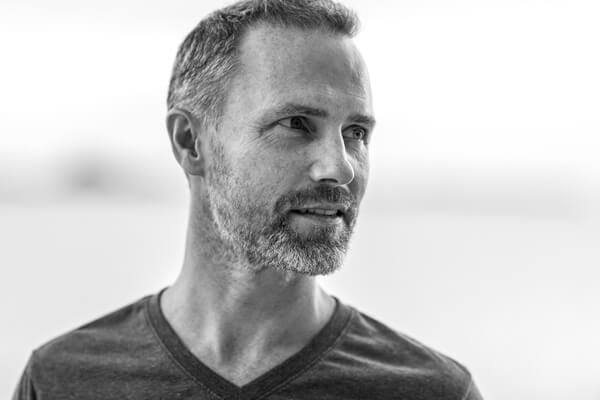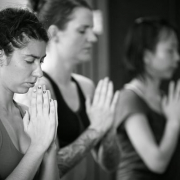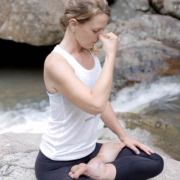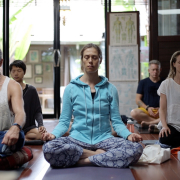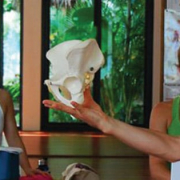 https://samahitaretreat.com/wp-content/uploads/2018/03/yoga-retreat-ski-holiday1.jpg
315
1000
Dr. Paul Dallaghan
http://samahitaretreat.com/wp-content/uploads/2024/01/samahita-logo-v2.svg
Dr. Paul Dallaghan2018-03-13 06:39:162023-11-02 04:45:36Rest and Recover
https://samahitaretreat.com/wp-content/uploads/2018/03/yoga-retreat-ski-holiday1.jpg
315
1000
Dr. Paul Dallaghan
http://samahitaretreat.com/wp-content/uploads/2024/01/samahita-logo-v2.svg
Dr. Paul Dallaghan2018-03-13 06:39:162023-11-02 04:45:36Rest and RecoverYoga and Breathing : Take time for yourself and breathe
Practice the 3-minute Breathing Break
Take a moment out of your day to stop and breathe.
- How aware are you of your breath?
- Is it shallow or deep?
- Are the inhale and exhale the same length?
- How long is each breath?
- Are your breaths irregular?
- Is one nostril more open than the other?
- Do you breathe through your mouth?
- Are you tired and tense?
- Are you feeling stressed?
- How furrowed is your brow?
- Are you holding your shoulders up?
Smokers make sure they get their smoke break in throughout the day,
So
Whether you smoke or not
You must take a
Breathing break
Why?
Because it will
- soothe the nervous system.
- bring awareness within.
- let the mind refresh.
- let muscles relax.
- feed the brain.
- help you absorb your food more completely.
- enrich your blood supply.
- allow you to operate a lot more efficiently.
- make you calm down and refocus.
You may say, “but I’m breathing all the time.” True. It’s such a vital function that without it you wouldn’t be reading this. The quality of breathing varies greatly, however, leaving most people seriously undernourished and overstressed.
So take a few moments to regain yourself.
Practice the 3-minute Breathing Break
Dr. Paul Dallaghan’s expertise with breathwork, body and meditative practices comes from three sources: (1) three decades of daily dedicated practice and teaching these techniques; (2) uniquely acknowledged in the Yoga tradition by the title of “Master Yogi-Prānācharya (expert in breath)”, following an immersion in the original culture through one-on-one direct training in practice and study of ancient texts; (3) a PhD in doctoral scientific research at a leading US university (Emory) covering both the tradition and science of yoga and breath practices in terms of stress, health and aging. As a result, Paul occupies a unique space to impart genuine teaching and science on the breath, body, and meditative practices, seen as a Teacher-of-teachers and identified to carry on the tradition of Pranayama. His sincere and ongoing role is to teach, write and research, to help put out experienced and authentic information on these areas of how we live, breathe and be, to help people improve their mental and physical health, and live more fulfilling lives.
For more on his background see his bio
More from the Samahita Blog
